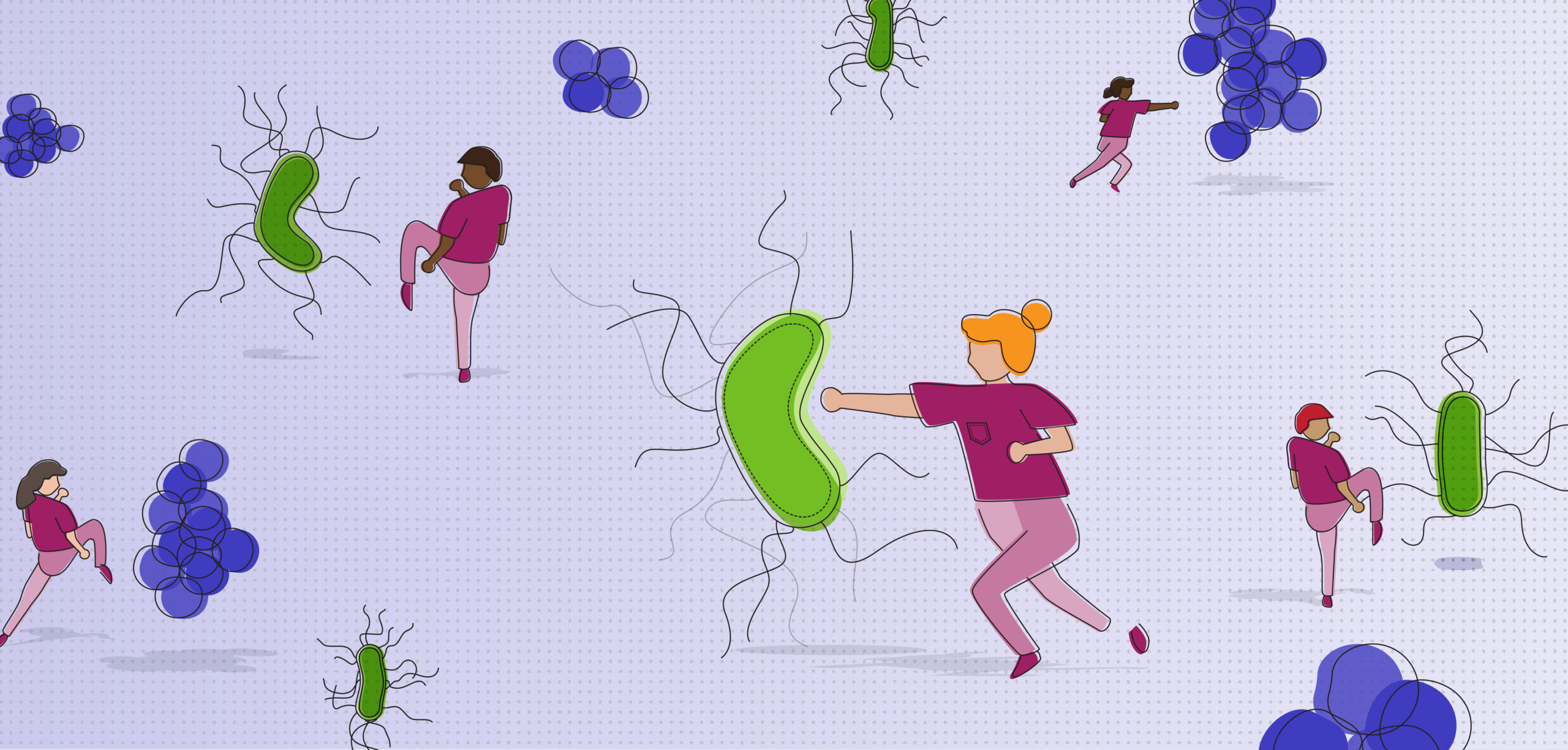Central line associated blood stream infections (CLABSI) have been the target of tireless efforts at Johns Hopkins Hospital and other health care facilities across the United States. The reasons are simple: CLABSI can kill, and treating them proves far more costly than preventing them in the first place. But evidence-based education of nurses about proper hygiene is absolutely essential.
It can work immediately—and it translates, as Patricia M. Davidson, PhD, Med, RN, FAAN, and Phyllis W. Sharps, PhD, RN, FAAN, report with colleague Amal Ahmed Elbilgahy of Egypt’s Mansoura University in “Evidence-Based Educational Intervention for Nurses About Prevention of Central Line Associated Blood Stream Infection.”
The study concludes that nurses’ knowledge, practice, and attitude about prevention of CLABSI in Middle Eastern pediatric units were improved significantly after an evidence-based educational program. For instance, “It was noted … that fifty seven percent of the nurses (57.5%) were correctly performing hand washing and wearing gloves for catheter insertion before program implementation. Immediately after the program, all of nurses (100%) perform these steps correctly.” Furthermore, pre-program, 80 percent of nurses bristled at routine central venous catheter replacement without any signs and symptoms of infection. This declined to 25.8 percent after the program:
“Nurses’ knowledge, practice and attitude about prevention of central line associated blood stream infection in pediatric patients were improved significantly after the implementation of the evidence-based educational program.”
Middle East Journal of Nursing January 2019
